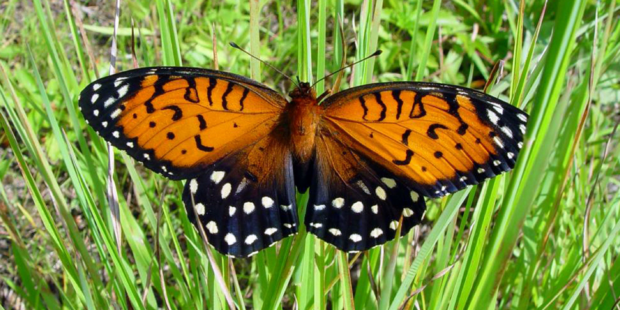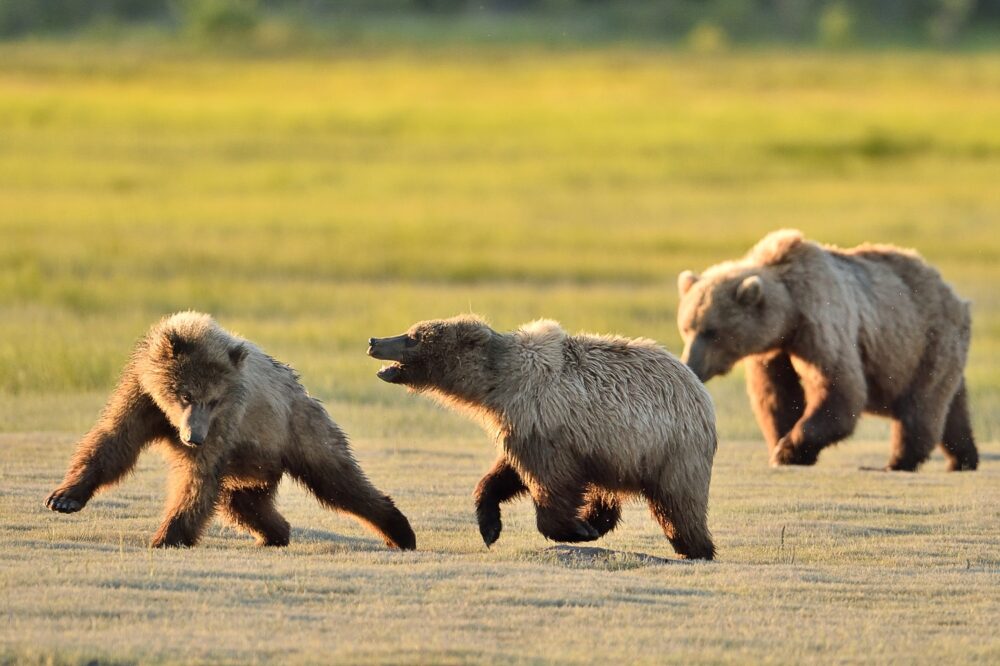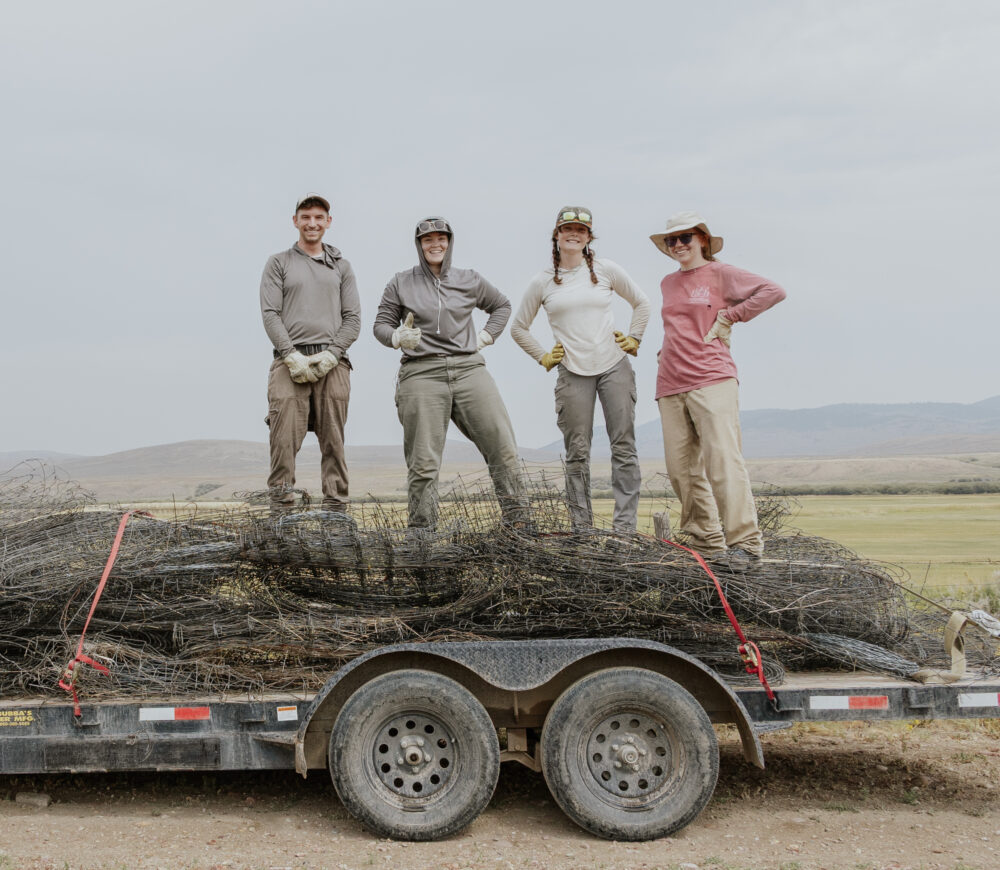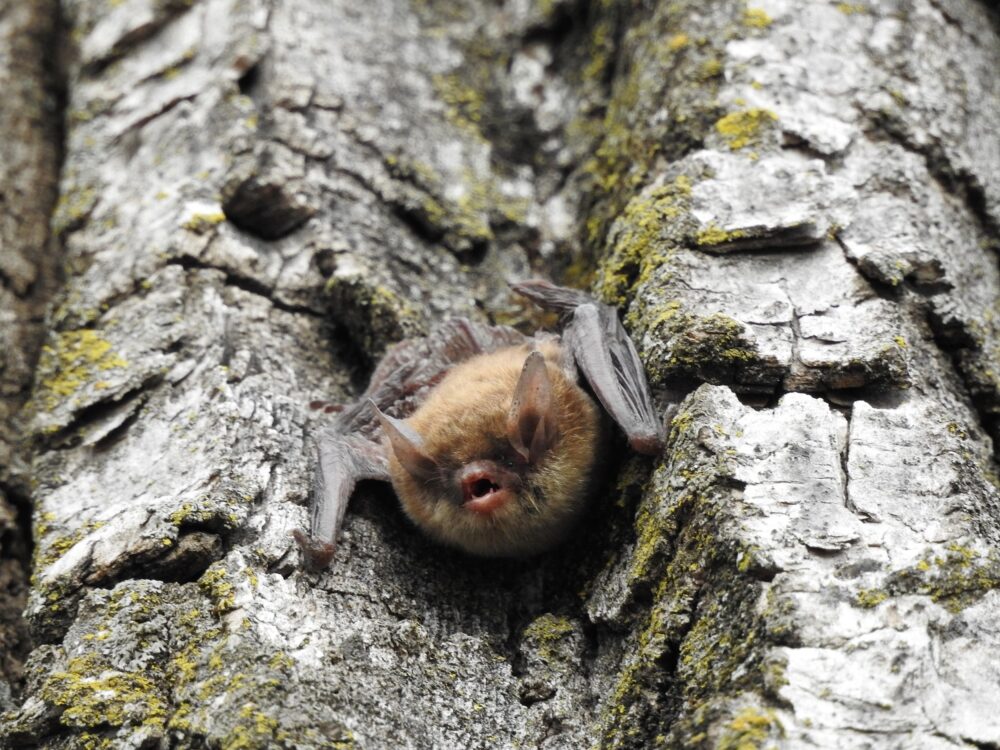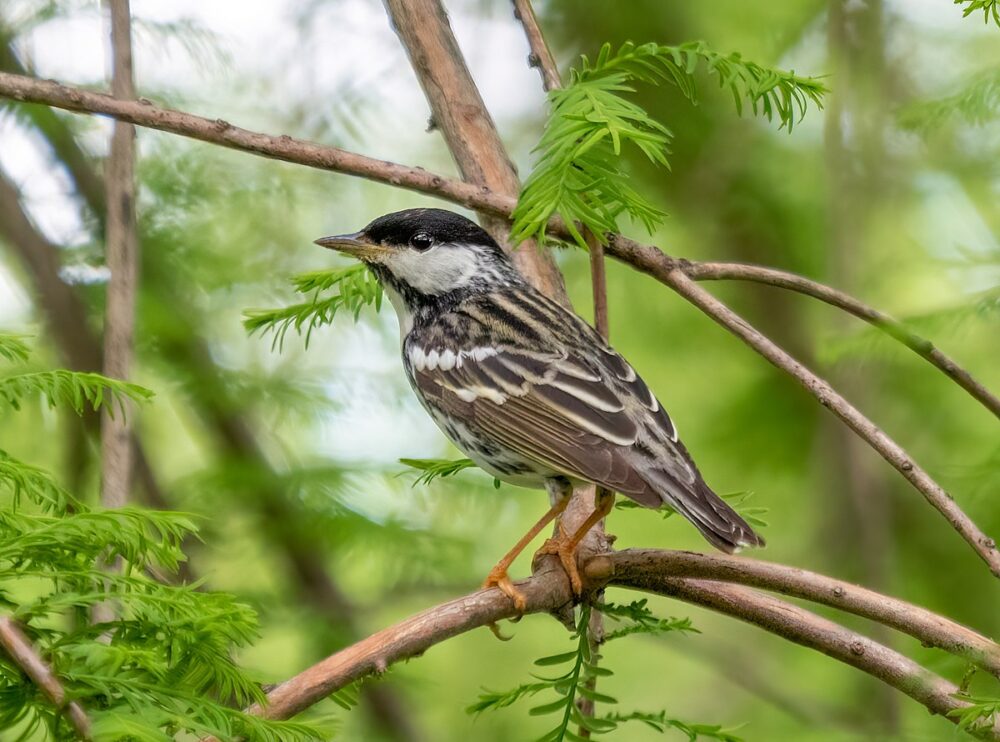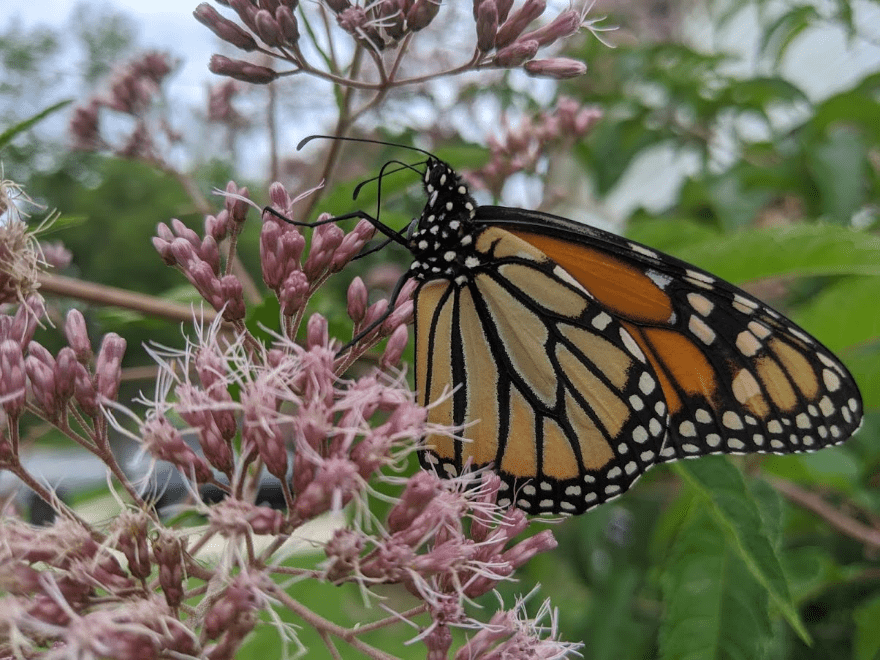We have much more to do and your continued support is needed now more than ever.
U.N. Report Highlights Wildlife Crisis at Home
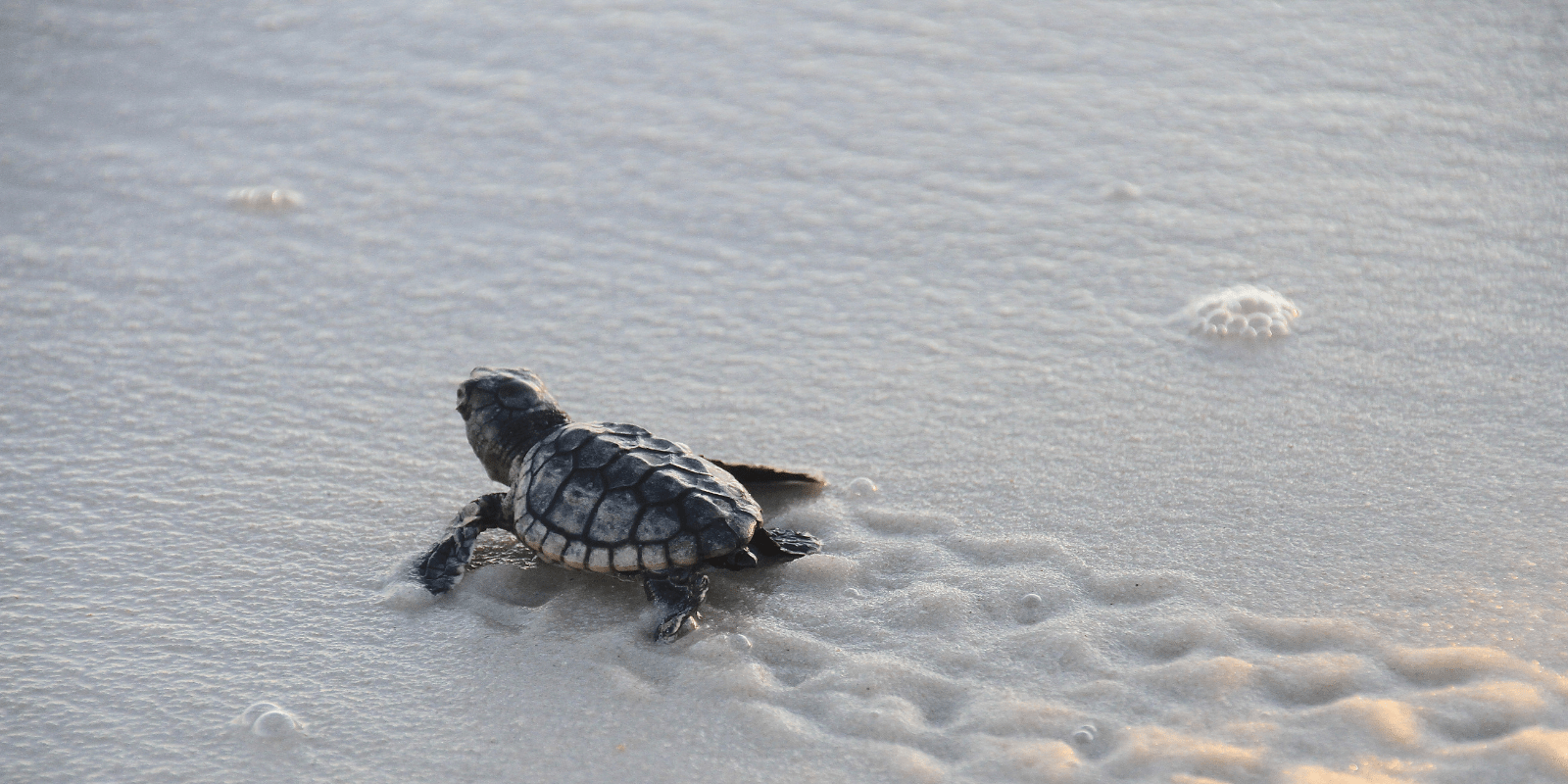
The United Nations just released a frightening new report about rapidly declining wildlife and plant populations around the world, and everyone is talking about it. Here’s how the New York Times just described it:
“Humans are transforming Earth’s natural landscapes so dramatically that as many as one million plant and animal species are now at risk of extinction.“
“Humans Are Speeding Extinction and Altering the Natural World at an ‘Unprecedented’ Pace“, The New York Times.
The wildlife crisis that the UN report describes isn’t just a global problem — we’re facing it in our backyards as well. At this moment, one third of all wildlife species in the United States are at increased risk of extinction. There’s no hiding or avoiding this crisis — we have to act now to stop it.
Please give to help address the wildlife crisis.
American Species In Decline
Golden-Winged Warbler
Golden-winged warbler numbers have plunged downward by 66 percent since the 1960s, with a 98 percent decline in the Appalachian Mountain region. Once common throughout forests of the Midwest and East, they now breed only in two isolated populations in the Great Lakes region and the Appalachians.
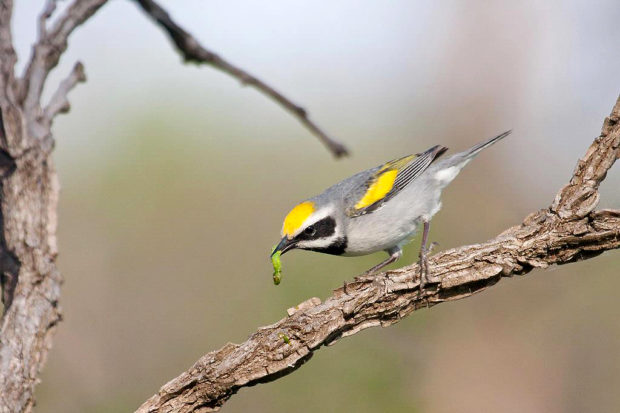
Flying Squirrels
Flying squirrels face tough challenges in states where they are losing forest habitat. Northern flying squirrels can’t live in just any kind of woods. They need big decaying trees for nest homes and plentiful supplies of nutritious nuts, fruits, and fungi in the soil. Reversing habitat loss in North Carolina, Pennsylvania, Virginia, Washington D.C., Vermont, Massachusetts, Iowa, South Dakota, Wyoming, and Wisconsin is an essential component of their recovery.
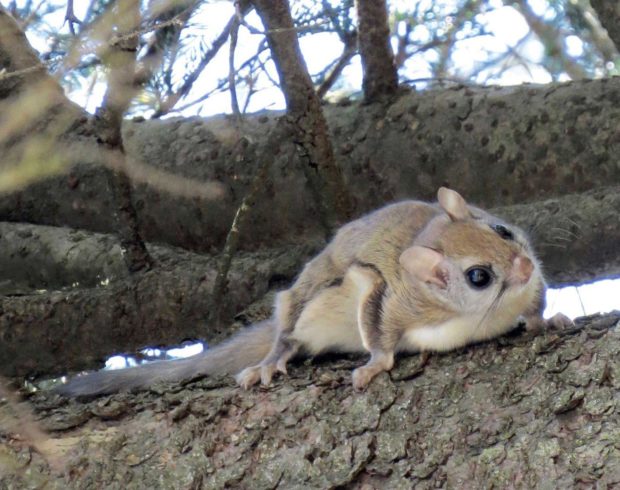
Regal Fritillary Butterflies
This stunning butterfly of the central and eastern U.S. depends on dwindling tallgrass and mixed-grass prairies and meadows, and on the native violets that grow there. Regal fritillaries sip nectar from thistles, milkweeds, and other wildflowers. They lay their eggs on prairie violets in late summer. The caterpillars hatch in fall and hide under leaf litter for the winter. They delay growing until spring, when they emerge to feast on the leafy violets.
Time is short to restore and reestablish prairie communities for regal fritillaries: once found across 32 states, the regal fritillary has vanished from 14, and is in peril in all others except Kansas.
